| AMERICAN HEART PIONEERS |
| Published in November, 2019 |
| H E K T O R A M A |
| . |
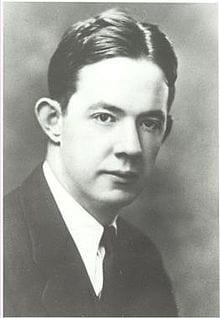 |
1930 Nashville. A twenty-year old African American man, honors student, and son of a carpenter had his eyes set on becoming a physician. This was not unfounded. In his middle class community there were fire fighters, doctors, and teachers. Working as a carpenter he saved for seven years to finance his education. But then the Great Depression hit, banks foreclosed, and he lost everything. To support his wife and two children, he needed a job. A doctor at Vanderbilt was looking for someone to assist in his research lab. When Mr. Vivien Thomas entered the lab and met Dr. Alfred Blalock, the world would be forever changed. The job was to clean the lab and the cages of the animals used for experiments. Dr. Blalock, a onetime playboy from a prominent family in Georgia had evolved into a passionate researcher. He was studying shock. Many soldiers’ lives had been lost due to this cardiovascular condition. Vivien gazed at the shelf of medical text books and the table of test tubes and took the job. His title was janitor.
|
| PAUL DUDLEY WHITE | ||||
|
|
||||
| SAMUEL A. LEVINE | ||||
|
|
||||
| JAMES BRYAN HERRICK | ||||
|
|
||||
| HELEN TAUSSIG: FOUNDER AND MOTHER OF PEDIATRIC CARDIOLOGY | ||||
|
|
||||
| ADRIAN KANTROWITZ: THE IABA AND THE LVAD | ||||
|
|
||||
| AUSTIN FLINT: EMINENT AMERICAN PHYSICIAN | ||||
|
|
||||
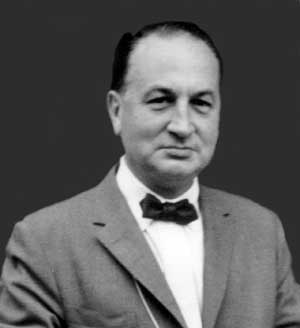 |
There is a myth that Dr. Robert E. Gross (1905-1988), a Harvard surgeon, performed the first cardiovascular surgery. There is no question that he performed the first successful major operation on the great vessels near the heart in which the patient survived, the ligation of a patent ductus arteriosus on August 26, 1938. He also performed the first successful correction of coarctation of the aorta in 1945. He made many contributions to the development and practice of cardiovascular surgery in his long career.
|
| . |
Hektorama

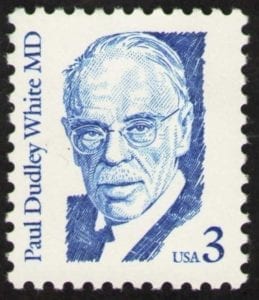

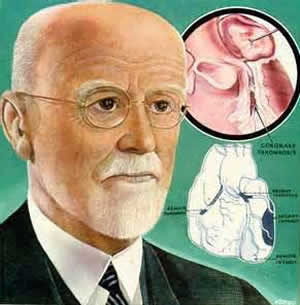
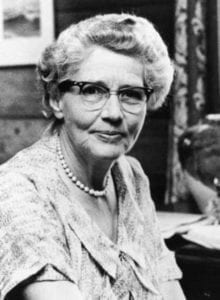
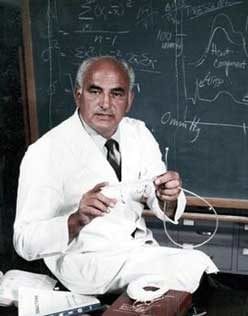

Leave a Reply